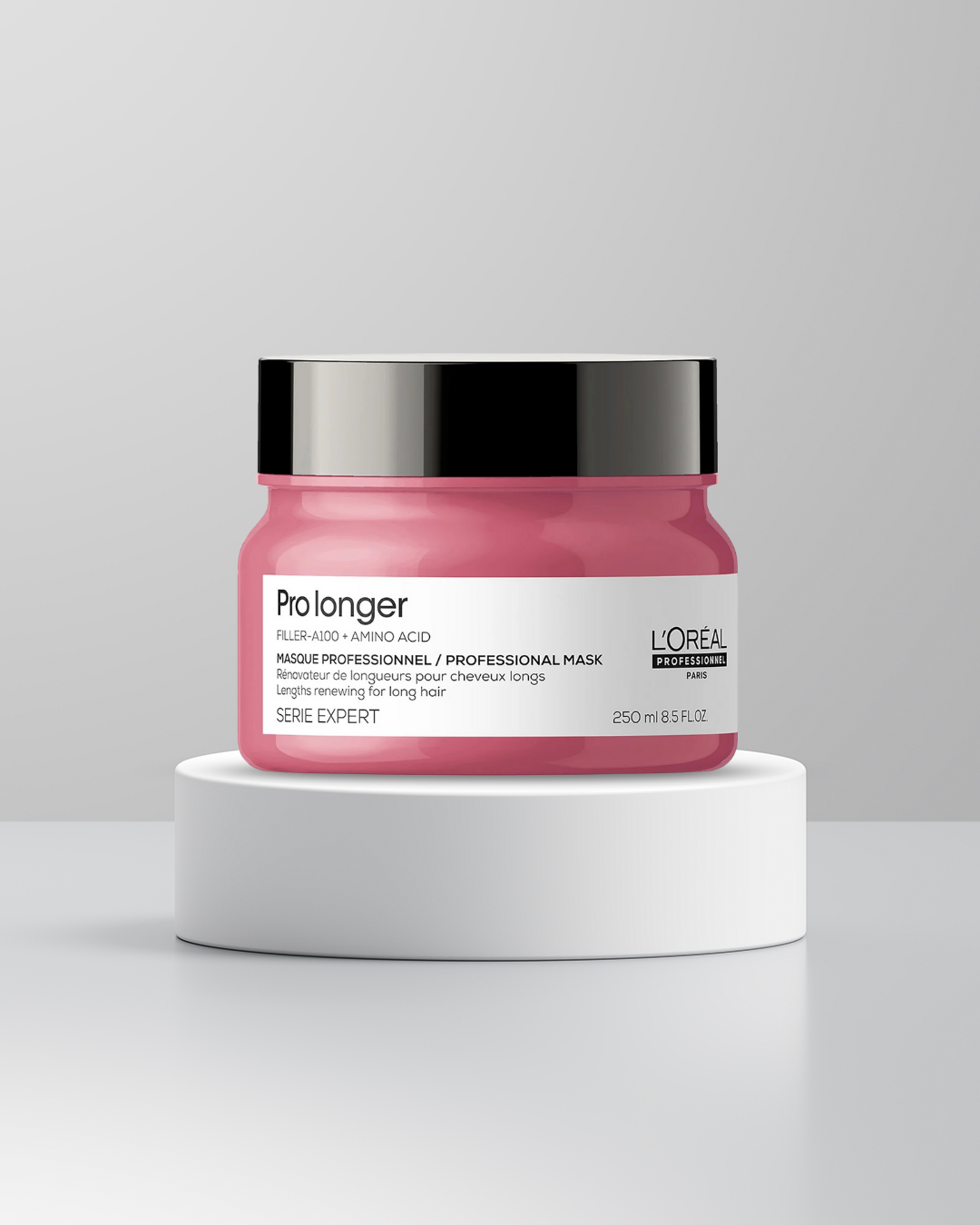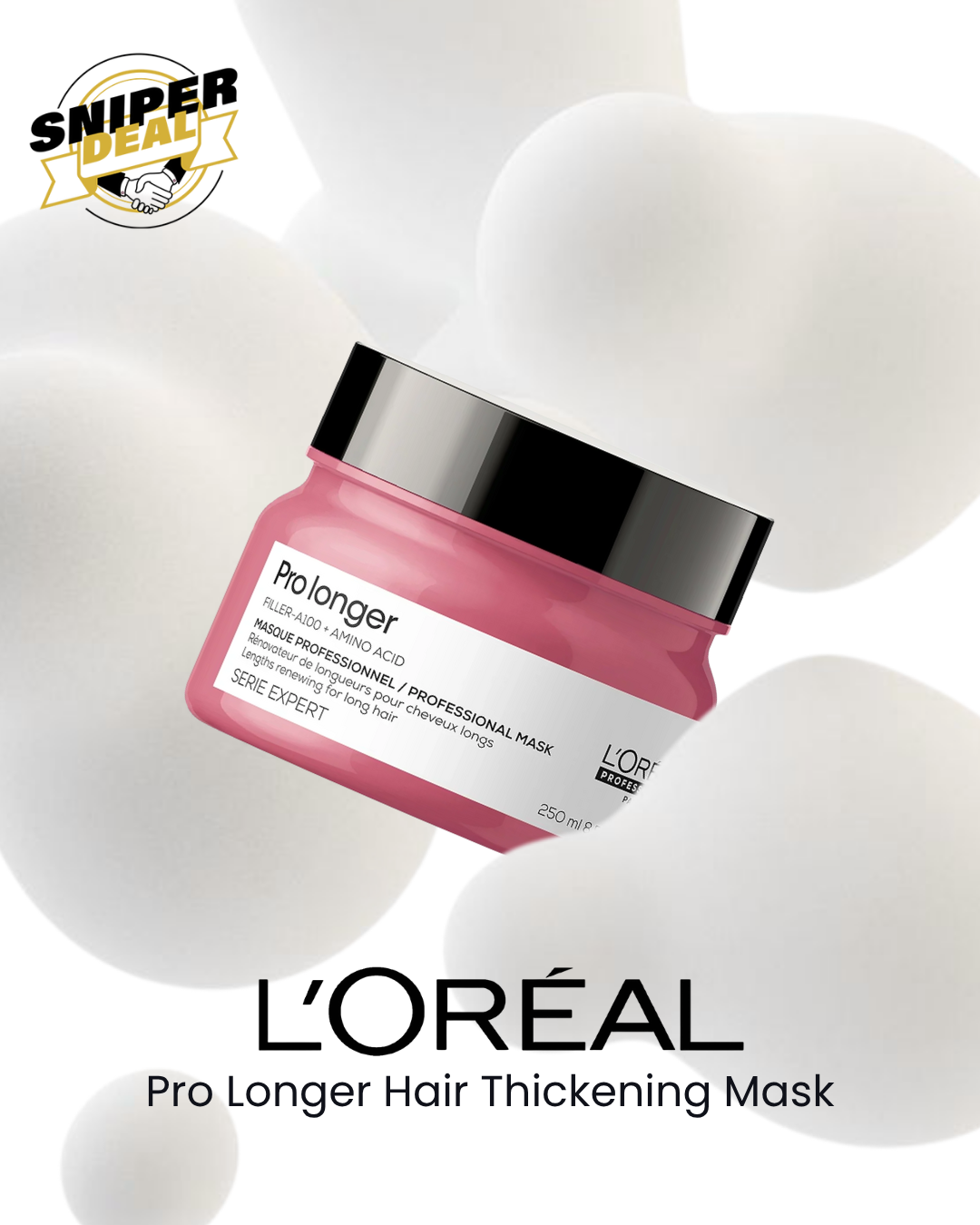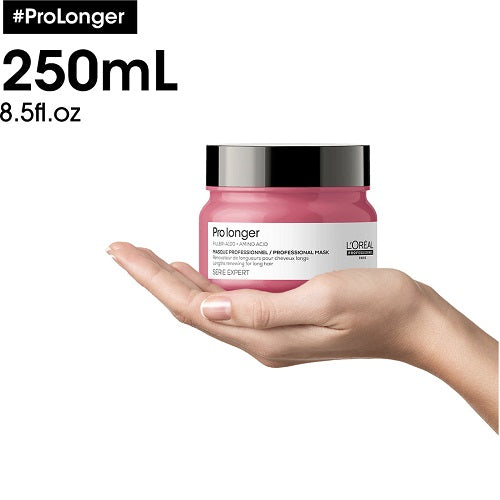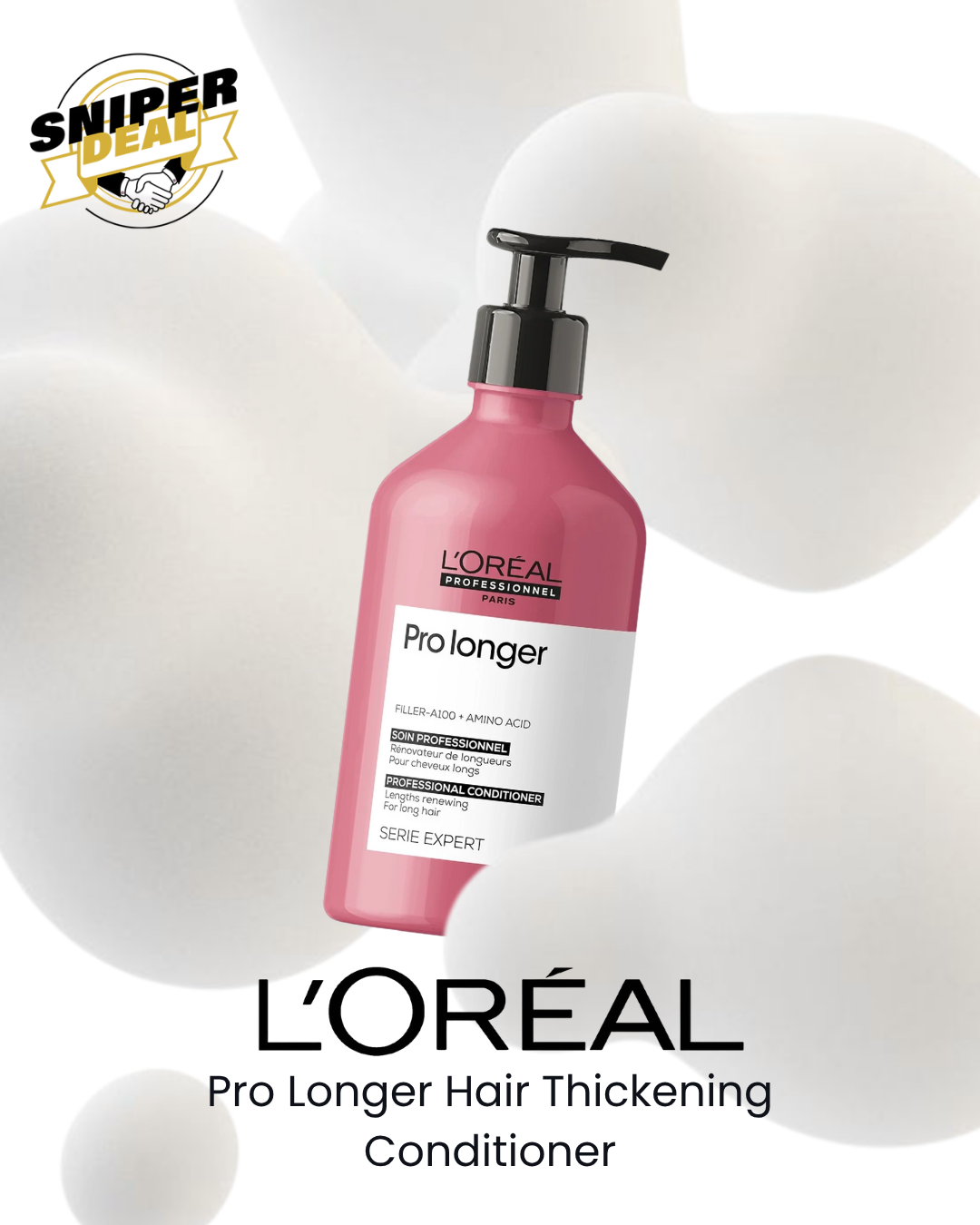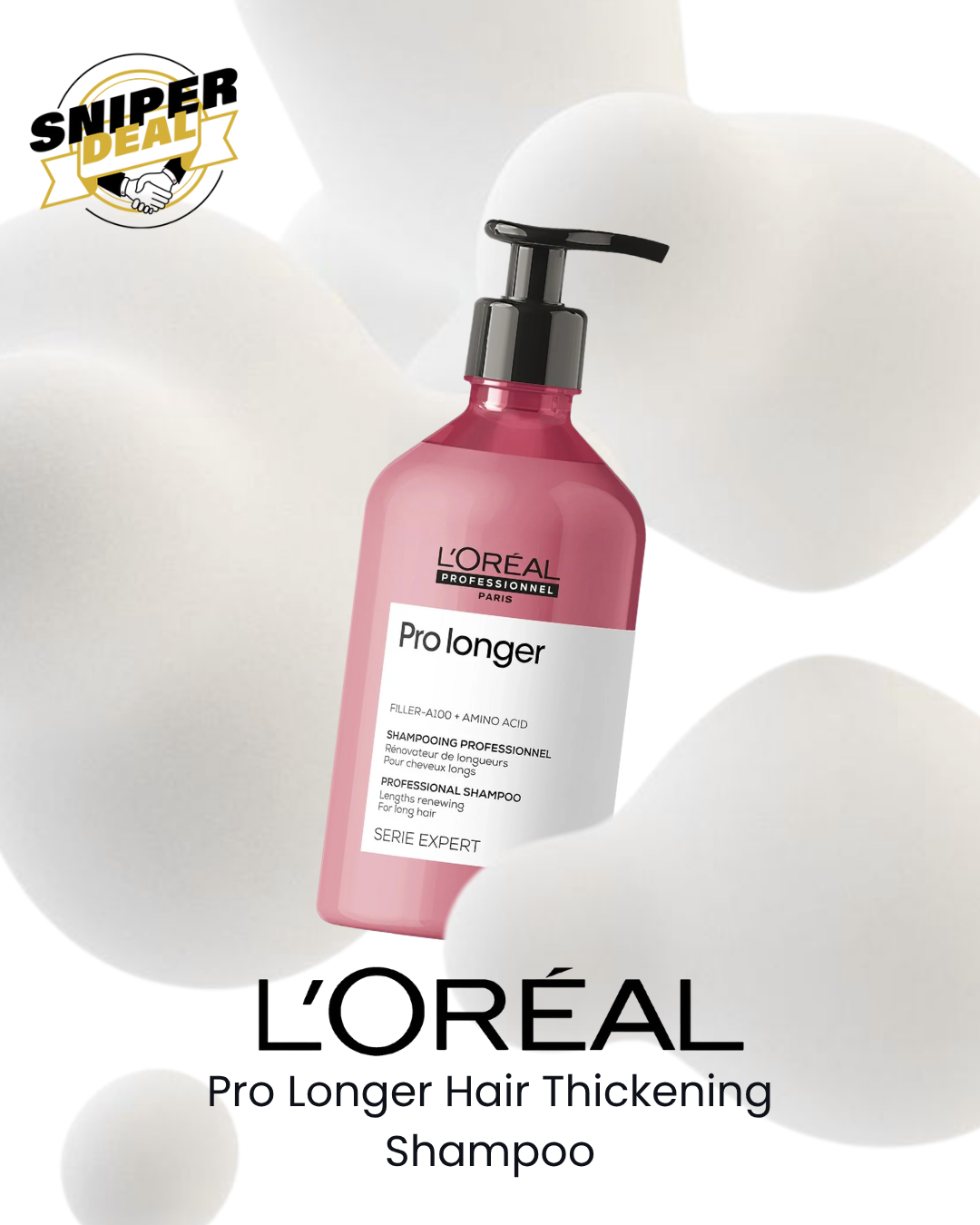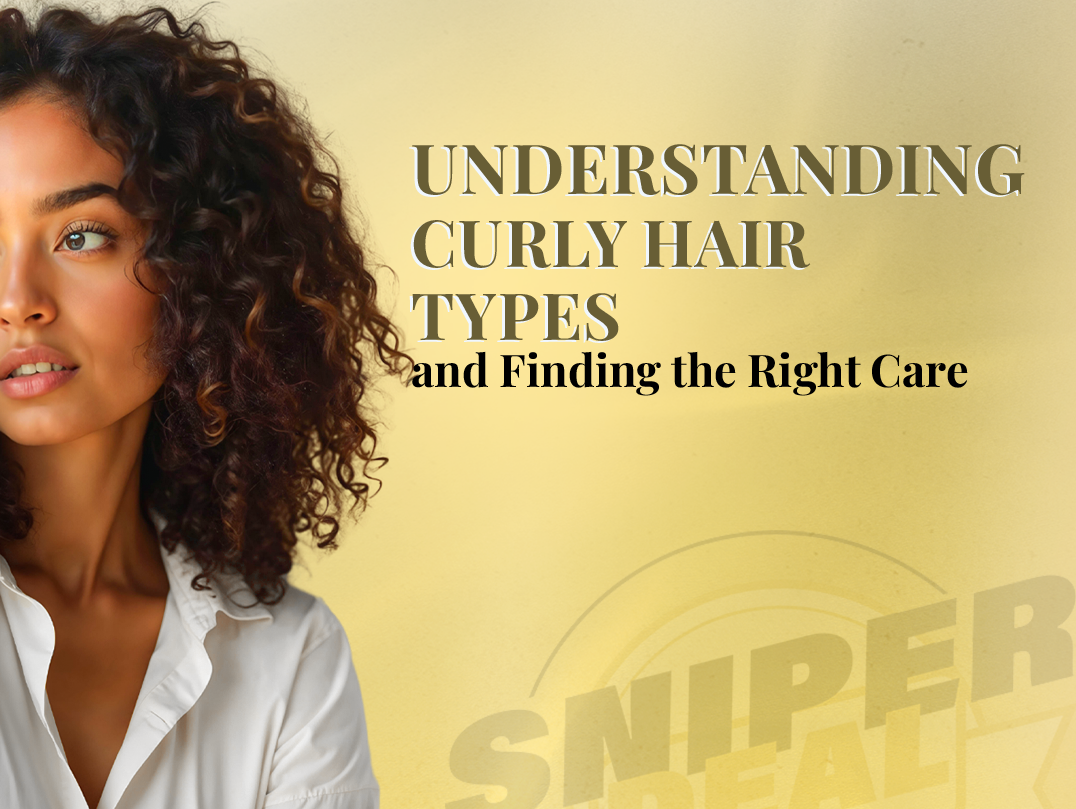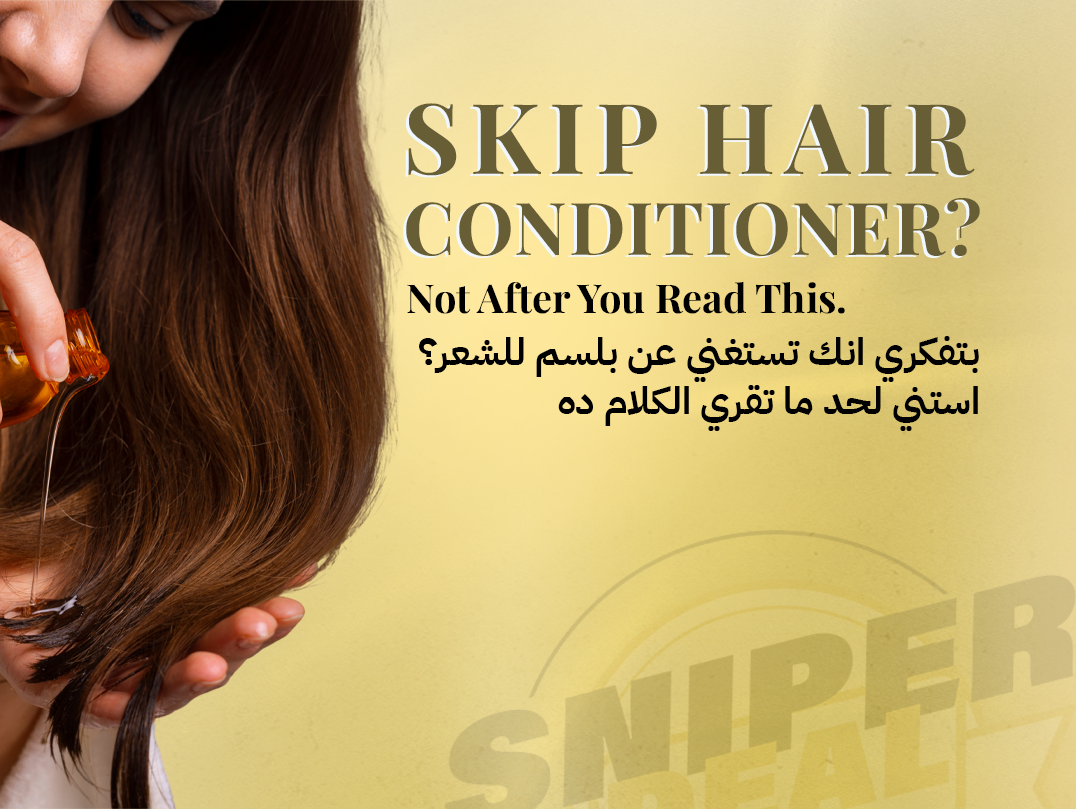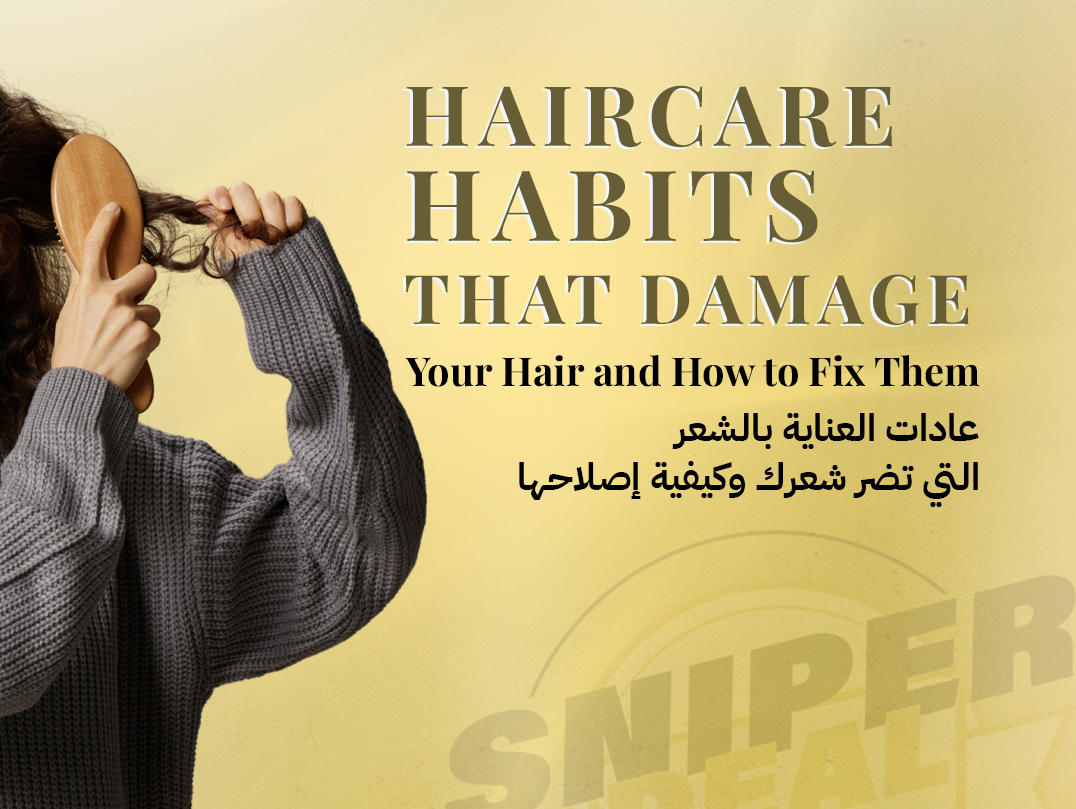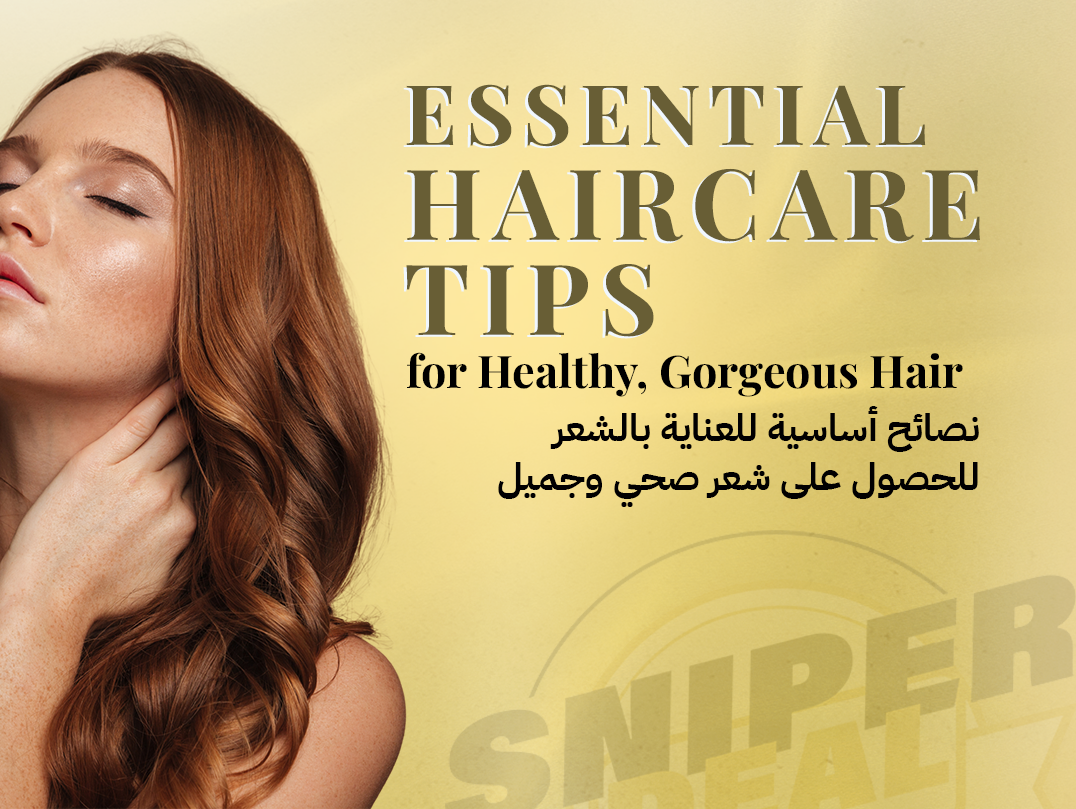
From balayage and highlights to flat-ironed strands and messy buns our hair goes through a lot. It’s one of the most expressive and versatile parts of our look. But if you’ve pushed it a little too far with coloring, heat styling, or tight hairstyles, your strands might be showing signs of stress. If your hair feels brittle, dry, or frizzy, you’re not alone. Damaged hair is more common than you think, but the good news? You can absolutely turn it around with the right care. Here’s your go-to guide for the best hair care for damaged hair, packed with expert-approved tips to repair and restore.
1. Be Kind to Your Hair Tools
Your blow dryer, curling iron, and flat iron work wonders, until they don’t. Excessive heat can seriously dry out your hair, making it weak, frizzy, and prone to breakage. One of the easiest things you can do for damaged hair treatment is to turn down the heat. Unless your hair is very thick or coarse, you don’t need the highest setting.
Better yet, give your hair a break from heat tools entirely now and then. Embrace air-drying, and when you do style with heat, always apply a heat protectant. A good heat protectant acts like a safety net, helping shield your strands from thermal damage and moisture loss.
2. Treat Wet Hair Gently
Wet hair is fragile and more vulnerable to breakage, especially if it's already damaged or naturally fine or curly. Instead of tugging a brush through it, use a wide-tooth comb. Skip the aggressive towel-drying, too gently blot your hair with a microfiber towel or a soft cotton t-shirt. And avoid tying it up while it’s wet, especially with tight elastics. These small changes go a long way in protecting brittle hair.
3. Use a Deep Conditioning Mask
Looking for the best hair mask for damaged hair? You’re going to want one that’s packed with nourishing ingredients like proteins, oils, and vitamins. Hair masks are thicker than conditioners and designed to soak into your hair more deeply, restoring softness and strength.
Try using a rich, hydrating mask a couple of times a week. Let it sit for as long as possible so it can really work its magic. A great mask helps smooth the surface of damaged hair and fills in any weak spots.
4. Don’t Skip the Leave-In
Leave-in treatments are a game changer, especially when you’re looking for the best hair care for damaged hair. Unlike rinse-out conditioners, leave-ins stay on your hair, acting as a protective shield against daily stressors like UV rays, humidity, and heat.
Choose a leave-in suited to your needs whether it’s to tame frizz, add moisture, or protect color. Apply it to damp (not soaking wet) hair, and gently comb through for even distribution.
5. Book a Pro Treatment
Sometimes, your hair needs more than a good home routine. For severely damaged hair, nothing beats an in-salon professional treatment. These formulas are concentrated and tailored to target damage from over-processing, coloring, or general dryness. One salon session can make a noticeable difference, leaving your hair softer, shinier, and more manageable.
6. Strengthen Hair Bonds
If you frequently color or bleach your hair, you’ve probably noticed it feeling more brittle or fragile over time. That’s because chemical services can break down your hair’s internal structure. Luckily, many color lines now include bond-protecting technology.
Using pre-bonded or bond-building formulas during coloring can prevent long-term damaged hair and make your hair color journey much healthier overall. It’s a smart way to protect your investment and prevent brittle hair.
7. Keep Up with Trims
Split ends don’t just sit quietly at the tips, they travel upward, causing more breakage and roughness. Regular trims help prevent this by snipping off frayed ends before they cause more harm. You don’t need a dramatic cut, just a light trim every 6–8 weeks can keep your hair looking fresh and healthy.
8. Protect Hair from Swimming and Sun
Pool chemicals, salt water, and sun exposure can zap your hair of moisture, leaving it dry and brittle. Before swimming, apply a protective mask or conditioner, or wear a swim cap. At the beach or poolside, cover your hair with a hat, and try to rinse your hair as soon as you can afterward.
Adding a nourishing hair mask for damaged hair before outdoor time can help hydrate and shield your strands from environmental damage.
9. Hydration Is Everything
Think of your hair like your skin when it’s dry, it becomes cracked and dull. Moisture is essential, especially if you’re trying to recover from brittle hair or frequent heat styling. Adopt a moisturizing routine that includes hydrating shampoo, conditioner, a deep treatment, and leave-in oil or cream. Consistent hydration helps restore your hair’s natural elasticity and shine.
10. Rethink Your Shampoo Routine
Washing your hair too often can strip it of its natural oils, making damaged hair worse. Try spacing out washes and using dry shampoo in between. When you do wash, stick to lukewarm water, hot water can open up the cuticle and lead to moisture loss. Finish your wash with a splash of cool water to help seal the cuticle and lock in shine.
Taking care of damaged hair doesn’t have to be overwhelming. Whether you’re dealing with heat damage, chemical processing, or just the wear and tear of daily life, the right mix of treatments, trims, and protective habits can help you get your healthy strands back. Start small, stay consistent, and treat your hair like the crown it is.

